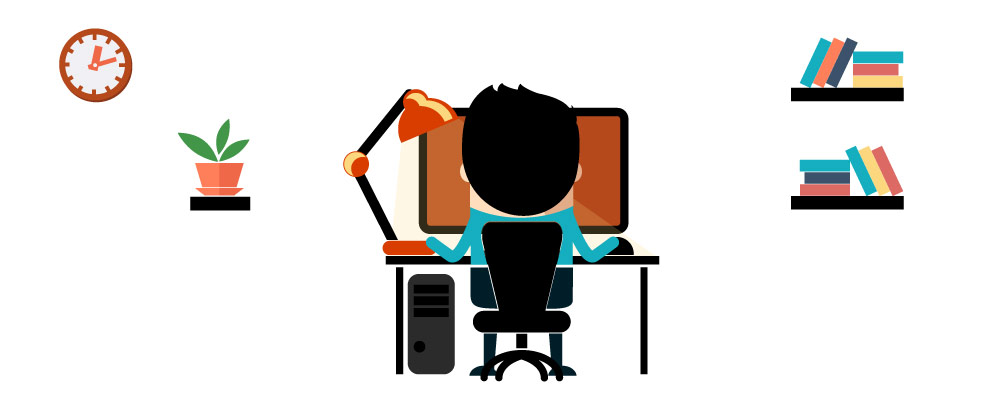
User Experience (UX) Design is the design of everything the user sees and does while they are interacting with a product. It’s a practice commonly associated with building websites and apps. It’s crucial to consider the user during any interactive project because a good user experience results in happy users, which is good for business. Some tips to keep in mind:
Designing for ourselves is natural, but we need to stay focused on the target audience. Defining our users and their goals will help provide focus and determine priorities during the life of a project. We should get to know our users, both figuratively (using personas and scenarios) and literally (using user research). Empathizing with our users will help guide us through some fundamental problem solving and decision making.
When a user is on your site, they are typically on the hunt. You only have a few seconds to tell them who you are, why they should care, and what they should do next.
How content is organized and written is a huge part of the user experience. When a user is on your site, they are typically on the hunt. You only have a few seconds to tell them who you are, why they should care, and what they should do next. But users typically don’t read information, they scan. So, keep the copy short and to the point. Clearly written copy will help establish trust and concise copy is easier to scan.
Once you have your content developed, it’s time to start laying out the pages. Wireframes are diagrams showing what goes on a page and the page hierarchy. Having real content at this point allows the UX designer to think through challenges early on. Prototypes are clickable wireframes that let you test ideas and act as proof of concept for challenging or frequently used interactions. Both wireframes and prototypes are valuable tools that allow the UX designer to fail fast, early and cheap.
Unfamiliar conventions can be frustrating and disorienting to the user.
Consider best practices when developing the layout of your site. Design patterns are helpful conventions that make our lives easier (for example, the navigation on the top or left hand side of the site). In our industry, there is a lot of importance placed on creative, original ideas. When it comes to UX design, this can work against us. Unfamiliar conventions can be frustrating and disorienting to the user. We should only reinvent the wheel if it’s clear and adds value.
Once a site is live, there are methods we can use to improve results. Analytics is the practice of taking data and finding meaningful patterns. It tells us what the users are doing while they are on the site. Usability tests tell us what the users are thinking, as we talk to and observe actual users performing specific tasks. We can use this data to make better design choices and refine the user experience even after the site has been launched.
UX Design is essential to a successful interactive project. By using a user centered approach, we ensure decisions will be made with the best interests of the user in mind. UX Design is used often in interactive projects, but the fundamentals of this approach can be (and should be) applied to almost any design project.



